Rebecca and Kimberly Yeung built this 15' Prospector Ranger canoe from a Bear Mountain Boats kit. Widgeon Creek, here, is where the canoe made its first camping trip. The creek is 35 river miles inland, yet not above the reach of the tides. Kimberly did not perform a Māori warrior’s haka before applying a coat of varnish, but she brought a fierce enthusiasm to every step of the canoe project.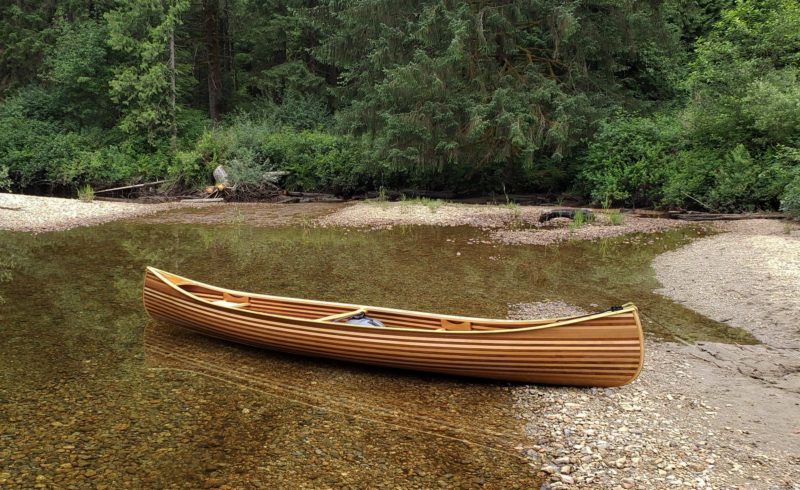 Photographs by and courtesy of Winston Yeung
Photographs by and courtesy of Winston Yeung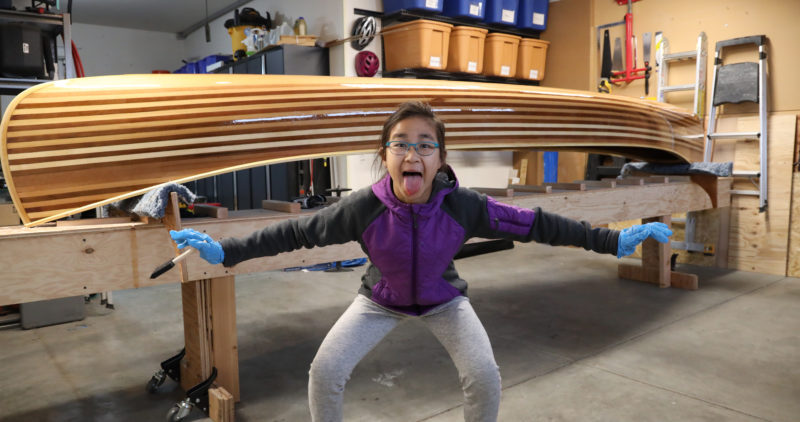
Join The Conversation
We welcome your comments about this article. If you’d like to include a photo or a video with your comment, please email the file or link.
Comments (4)
Leave a Reply
Stay On Course

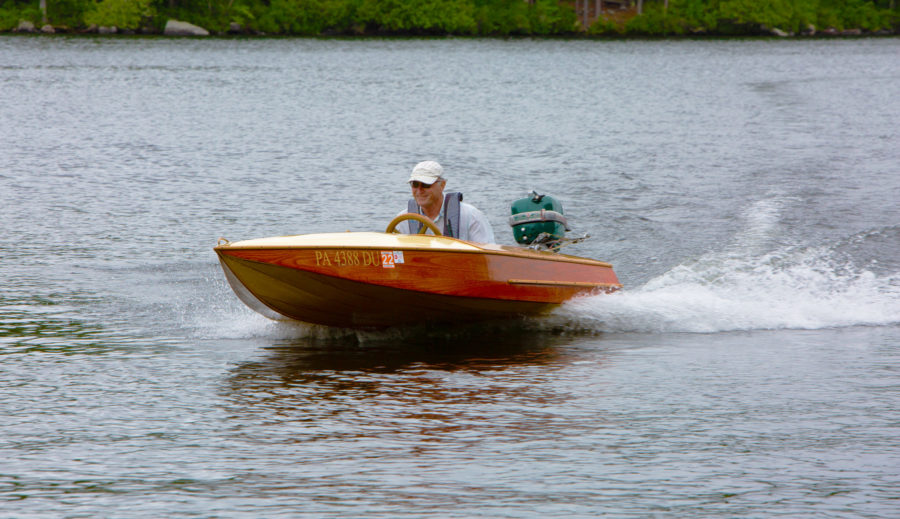
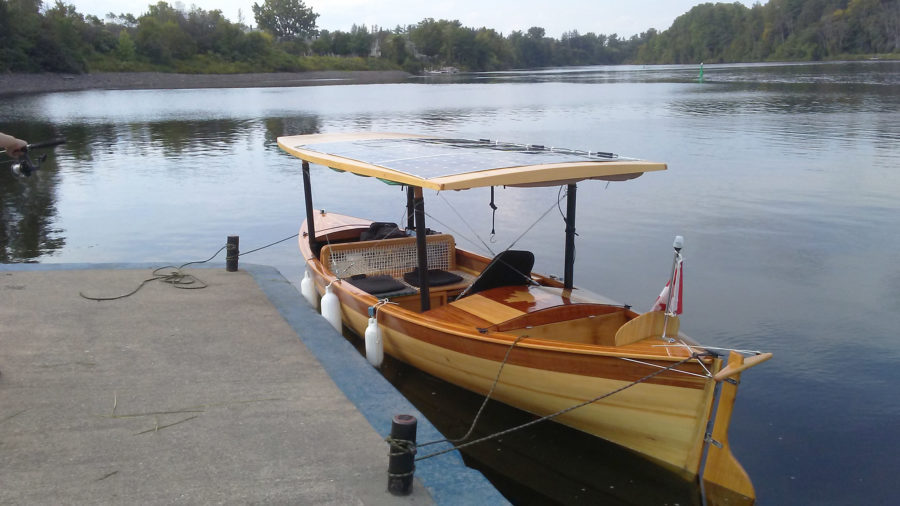
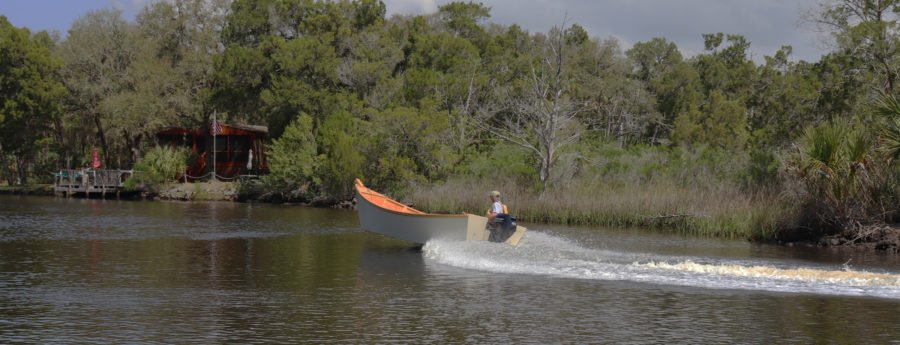
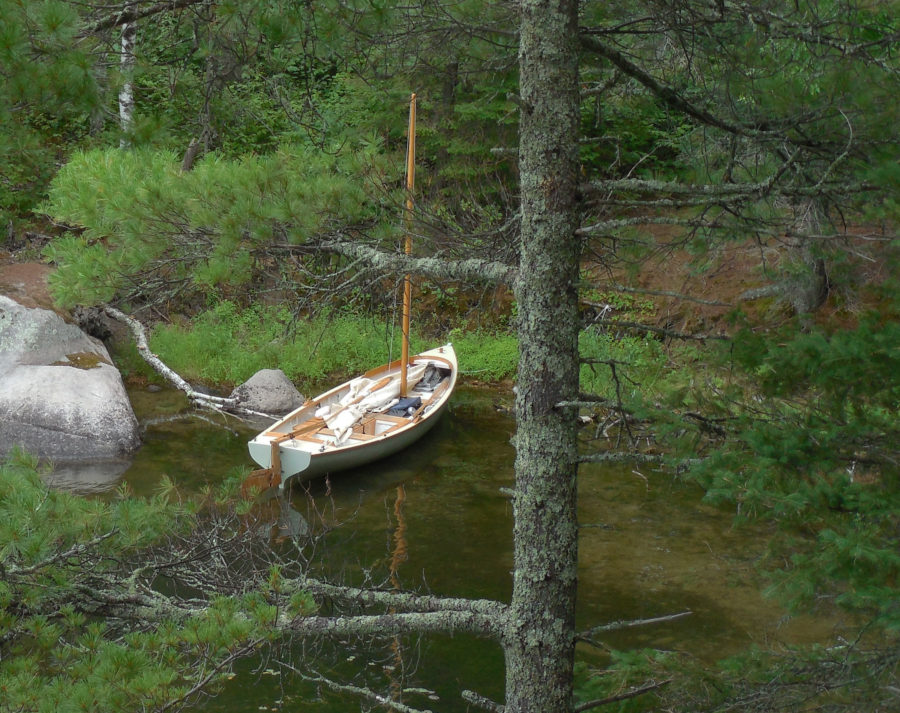
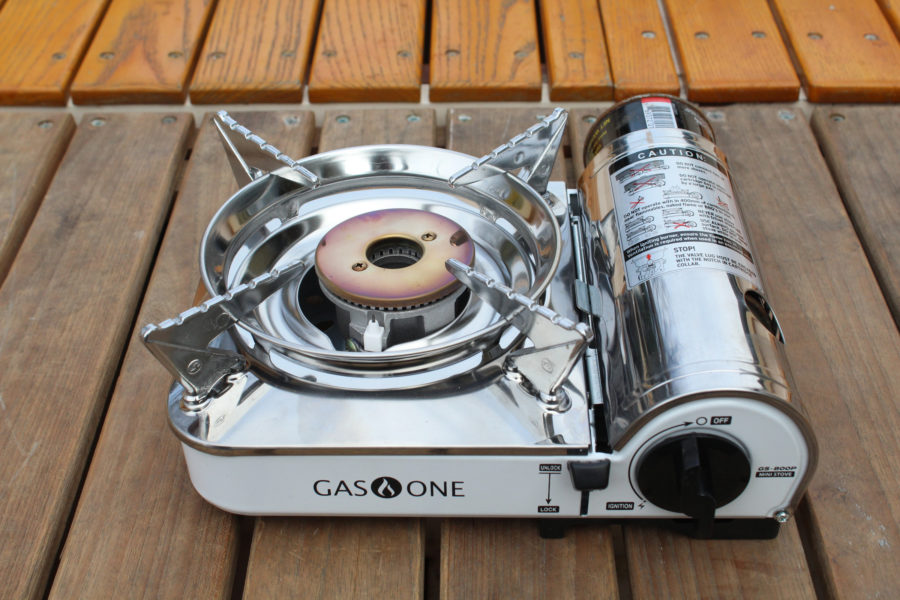
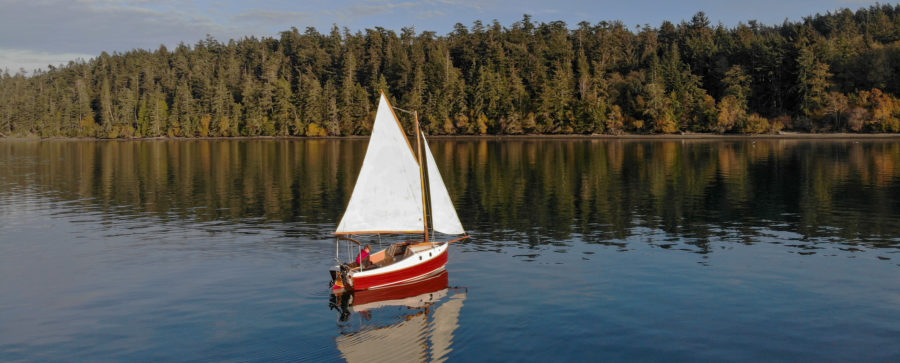

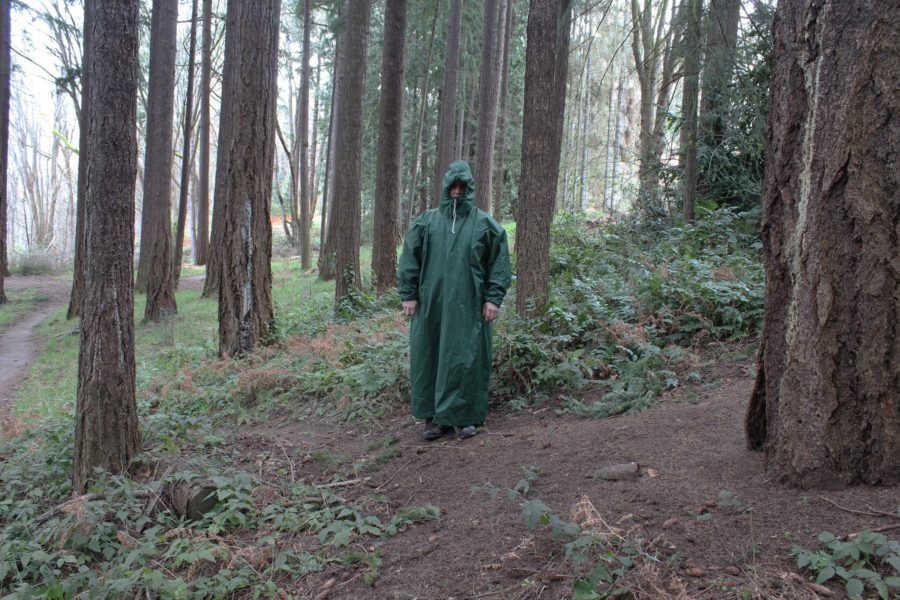
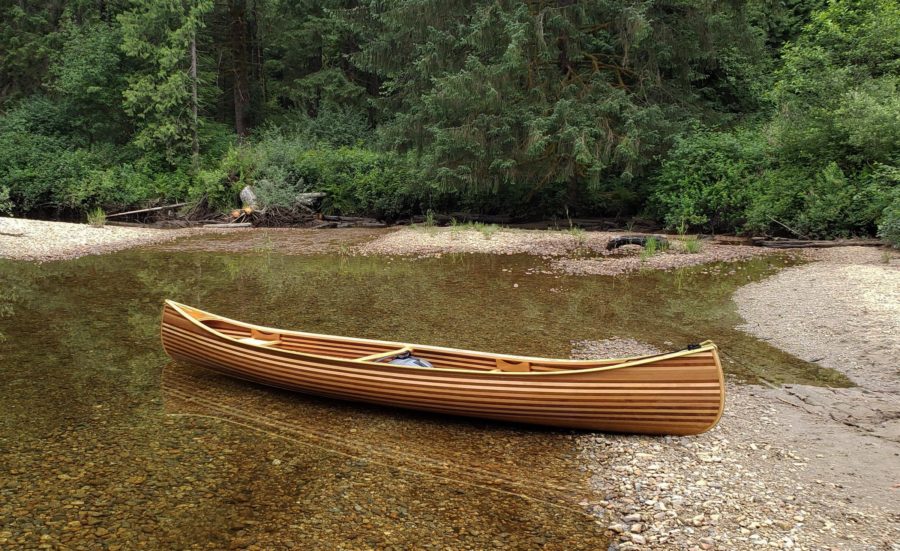

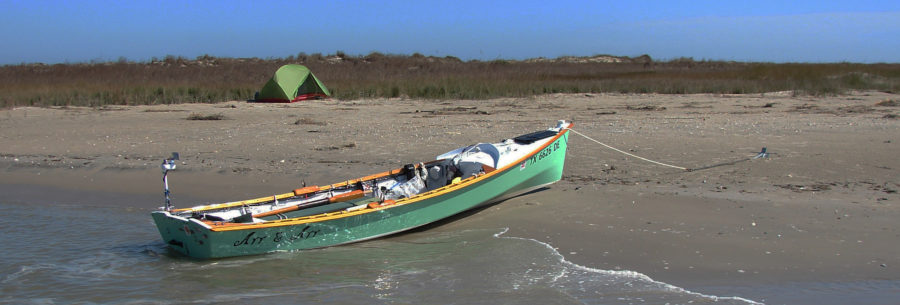
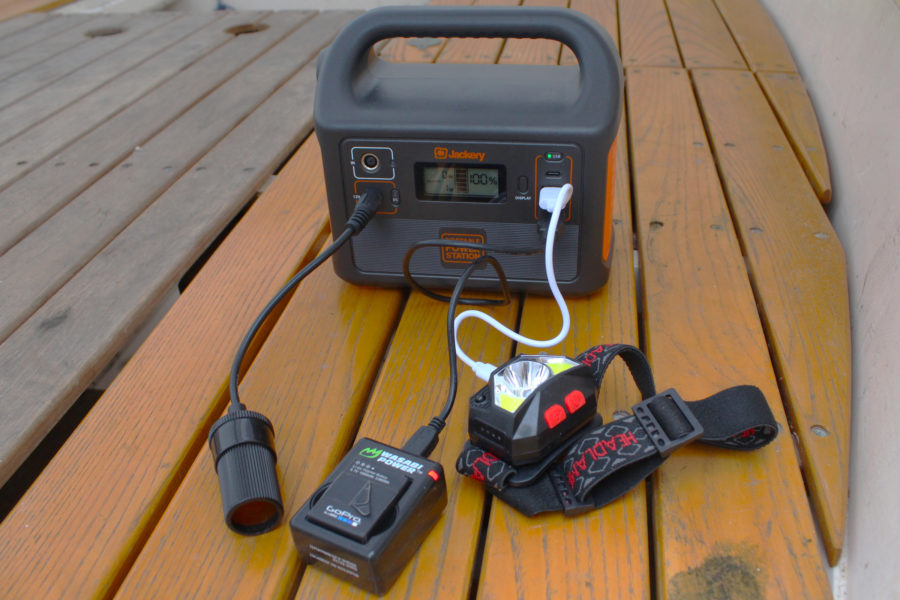

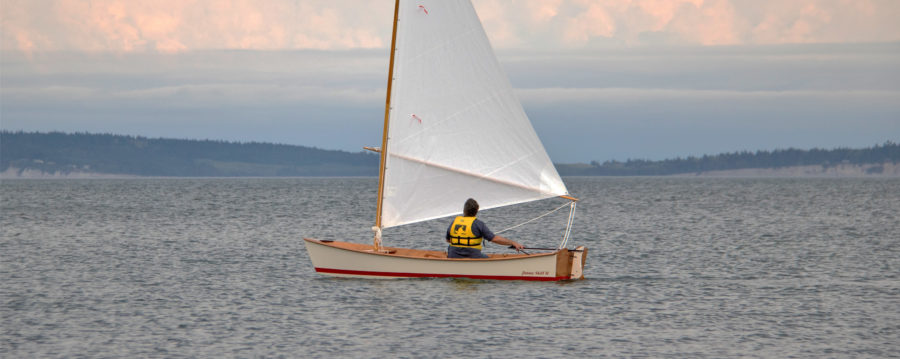
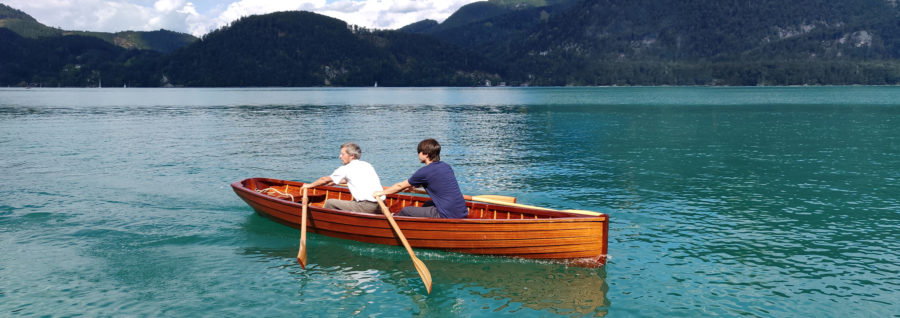
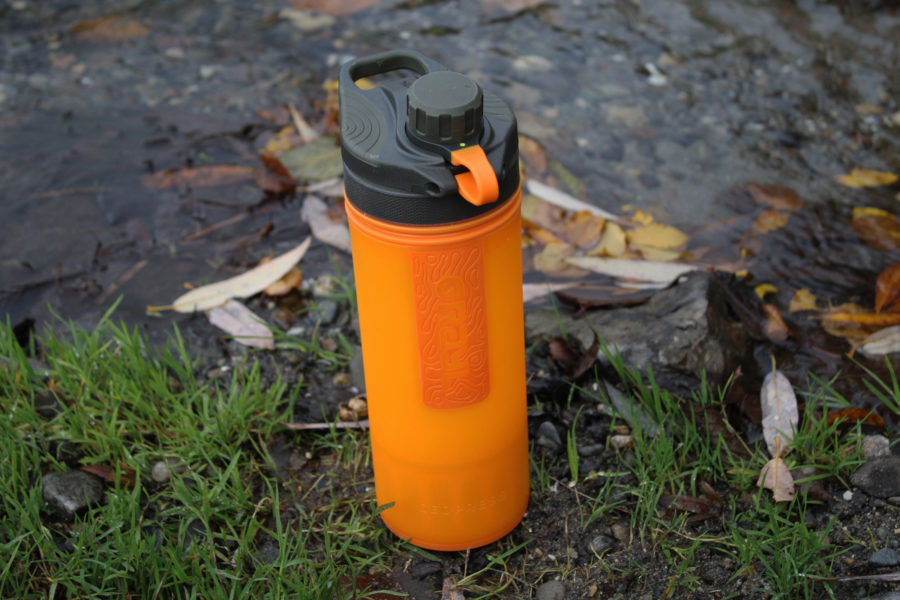
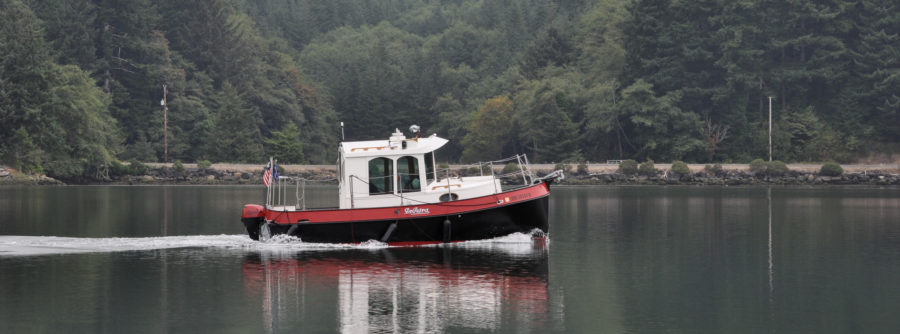
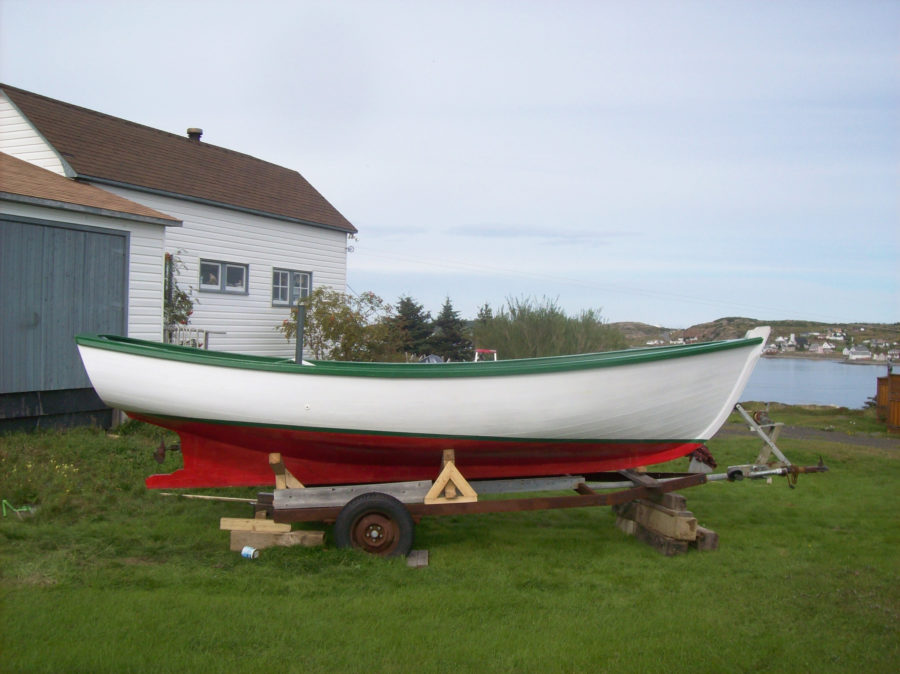
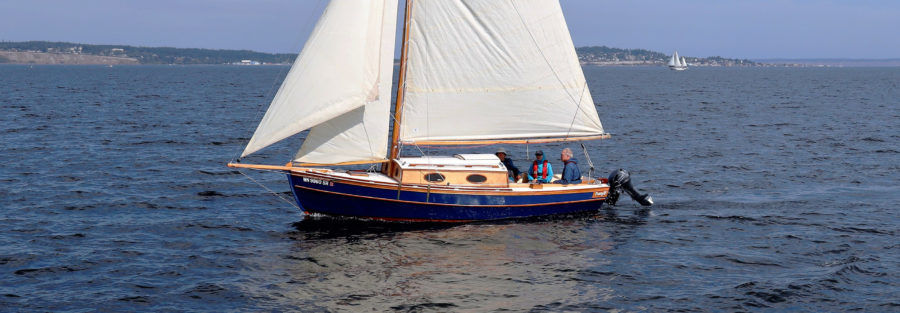
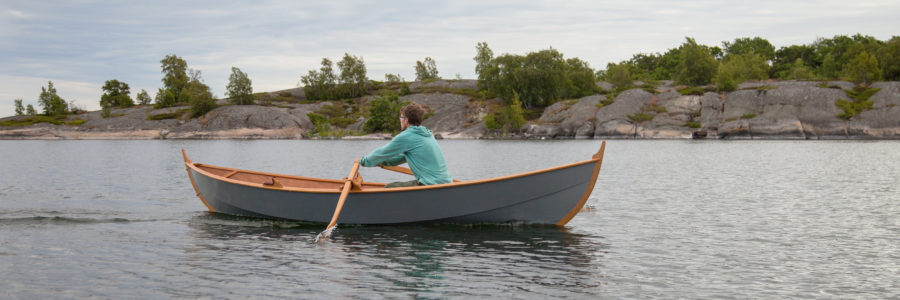

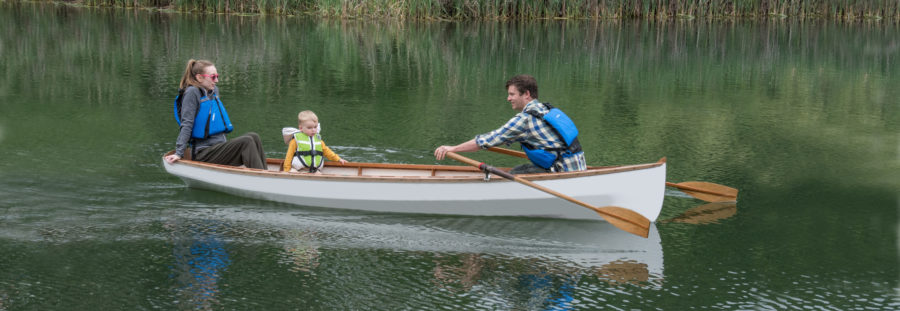
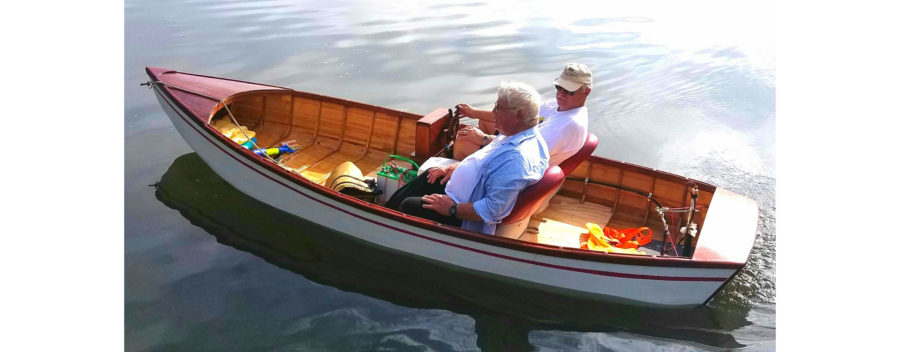
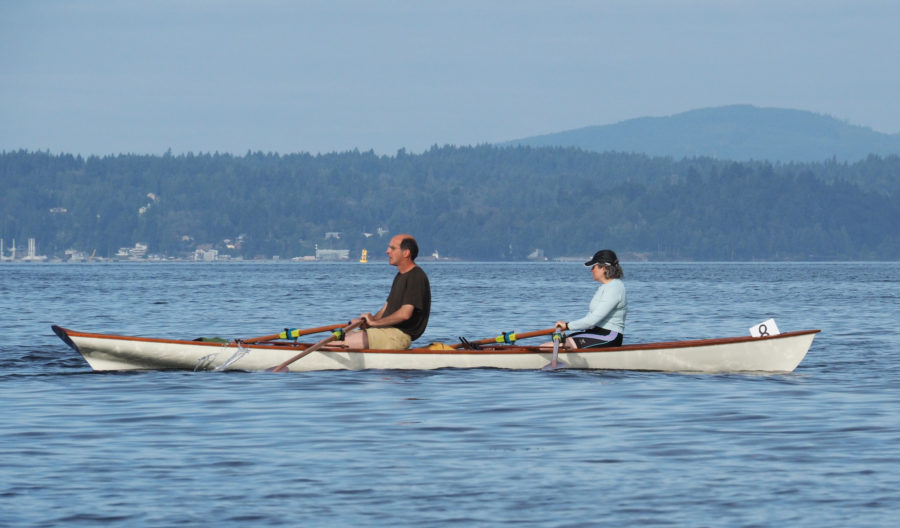
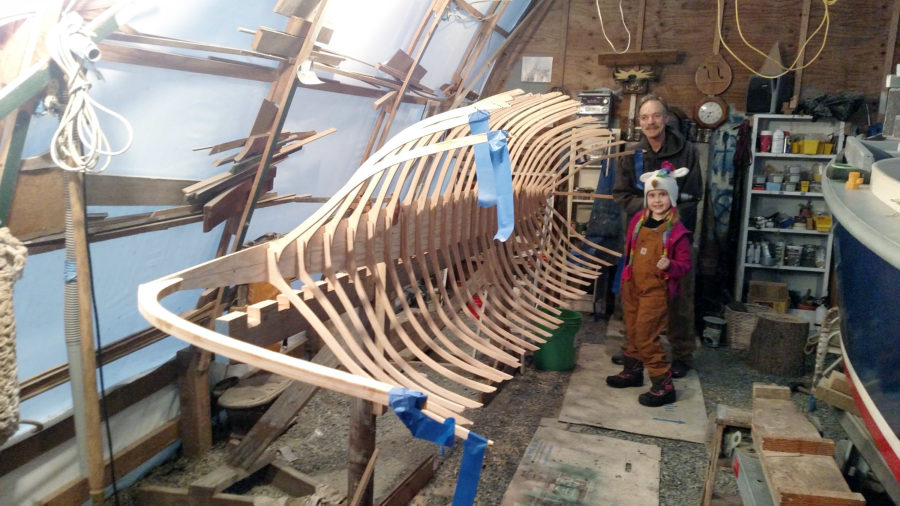
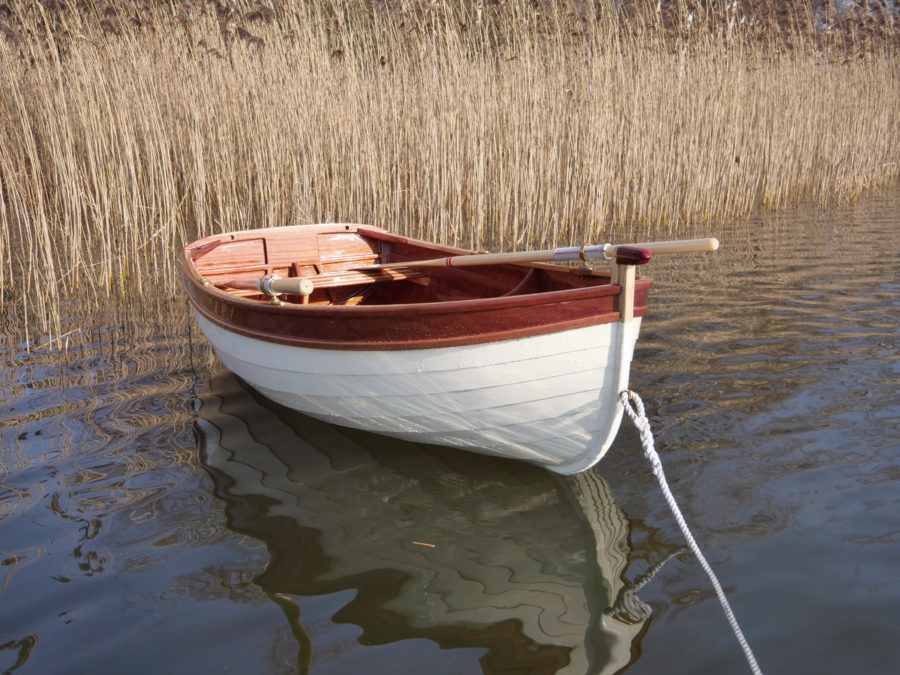
This story of these two young ladies gives me hope for the future. They did a beautiful job on the canoe, especially as it was a first-time project. I enjoyed reading about their other accomplishments and will have to search out their video on YouTube. Their parents must be very proud of them and have done a wonderful job of inspiring them to do amazing projects.
You can find the Yeung family’s videos on their Youtube channel, Seattle Yeungs
Thanks so much for publishing this story. We are honoured to be a small part of this project and glad you found it interesting enough to pass on to your readers. And yes, I agree – it is inspirational. We have been hearing from many of our customers and followers lately that building a small boat has been helping to keep them sane during this pandemic.
Stay home and safe and keep in touch with your community.
Joan and Ted and Matt at Bear Mountain Boats
Great story. Very impressive and loveable young ladies, our hope for the future.
Michael Childs